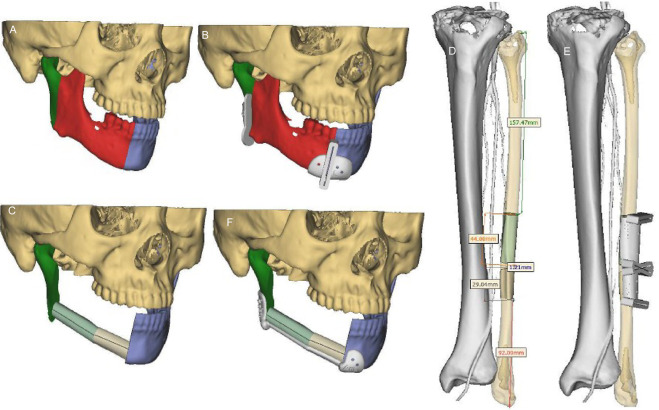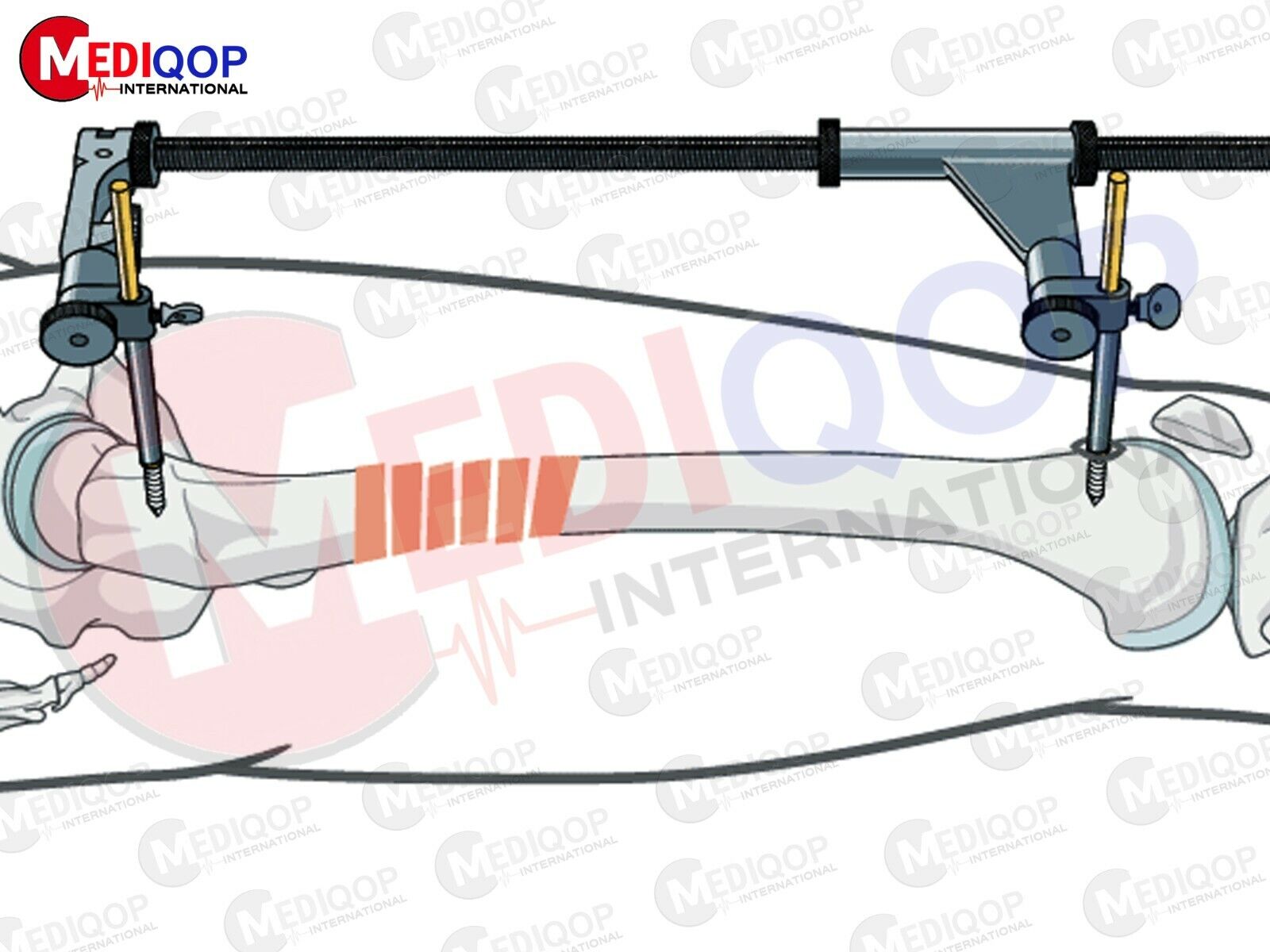lasthope
at the surgeon's office
- Joined
- Nov 11, 2018
- Posts
- 2,174
- Reputation
- 1,272
This. I legit check all his posts and previous postsMods please pin this thread to best of the best
Actually pin all Surgerymaxx posts he ever write on this forum
You can learn more from him then the rest of Forum combined









